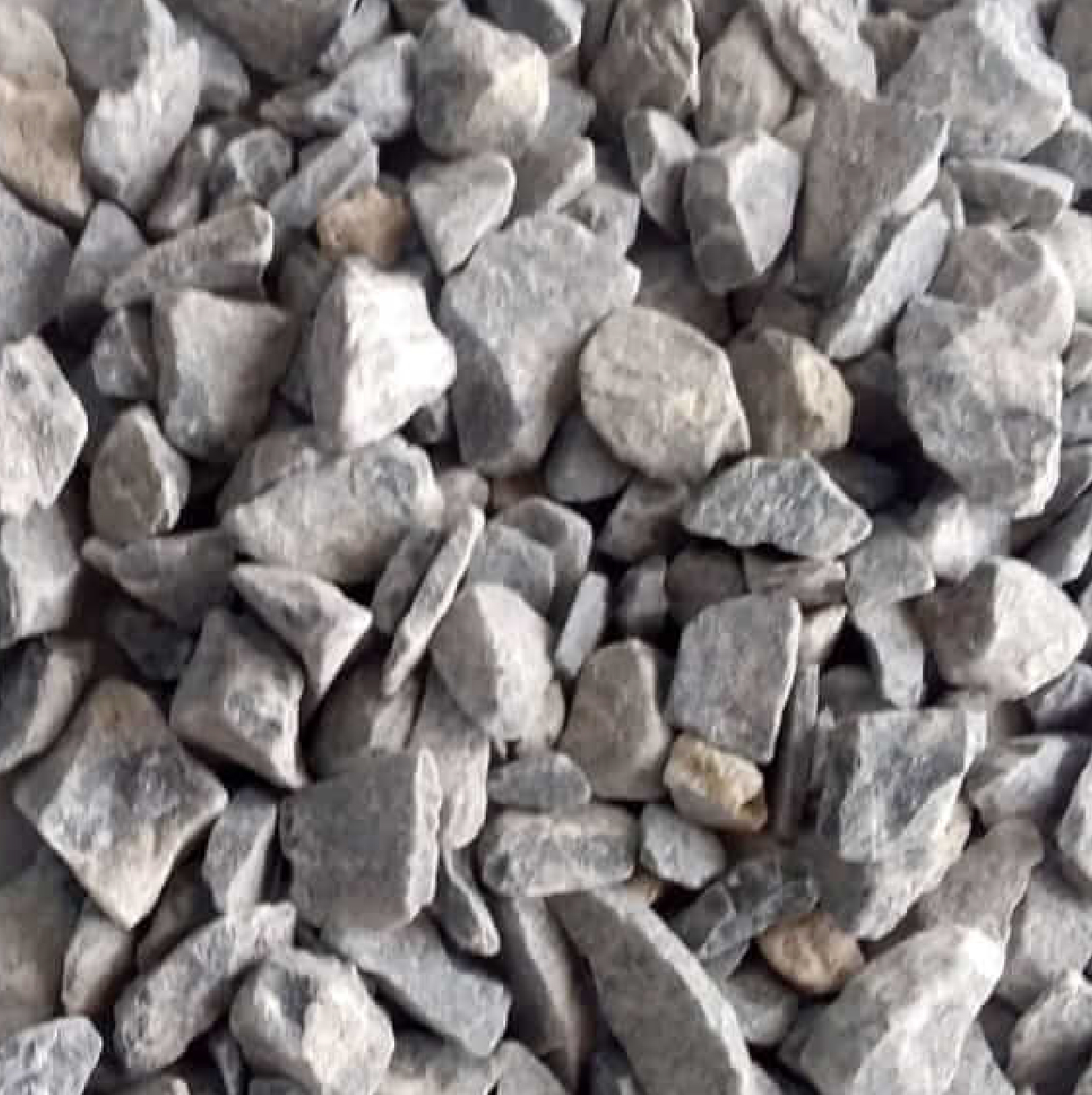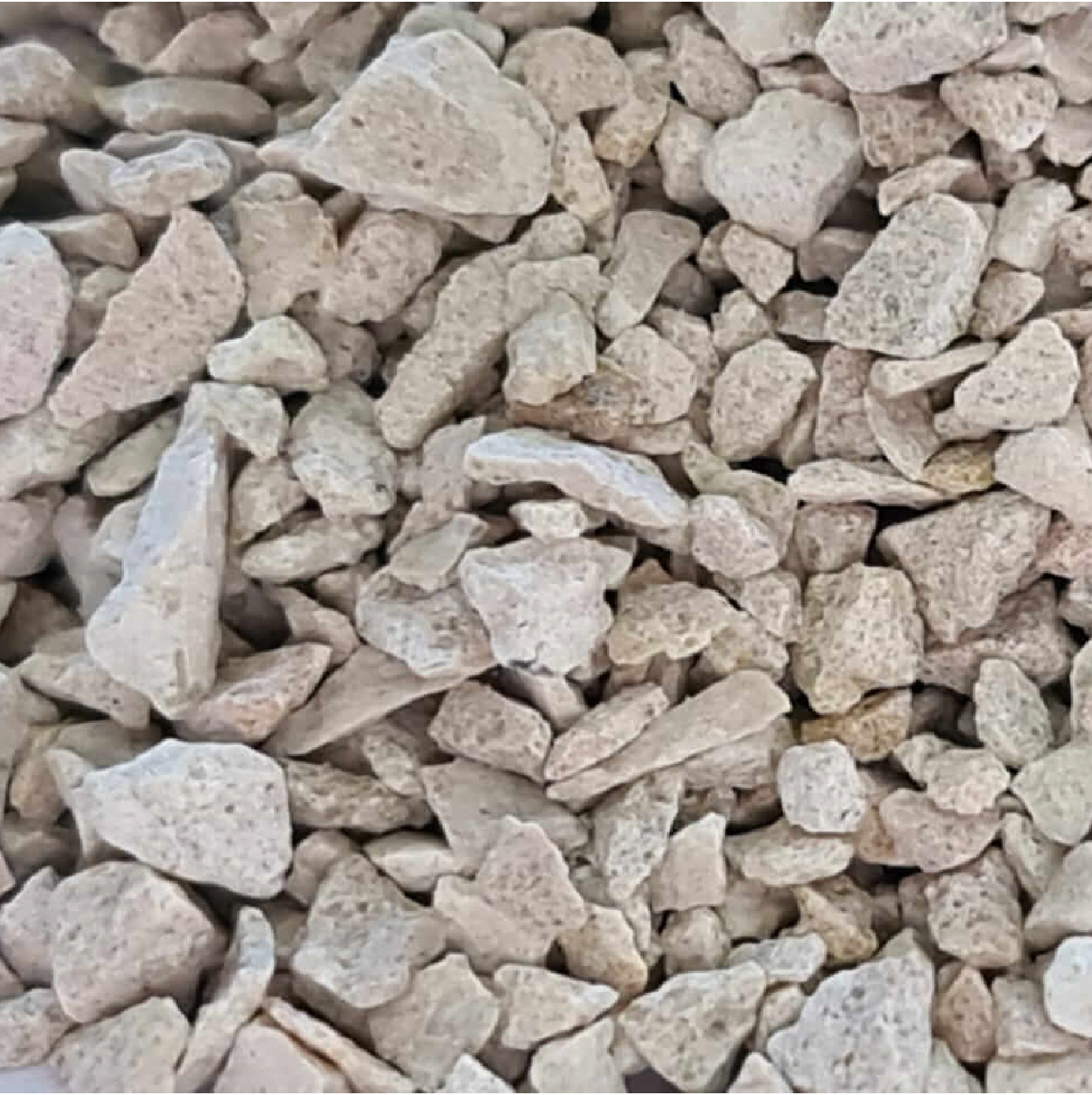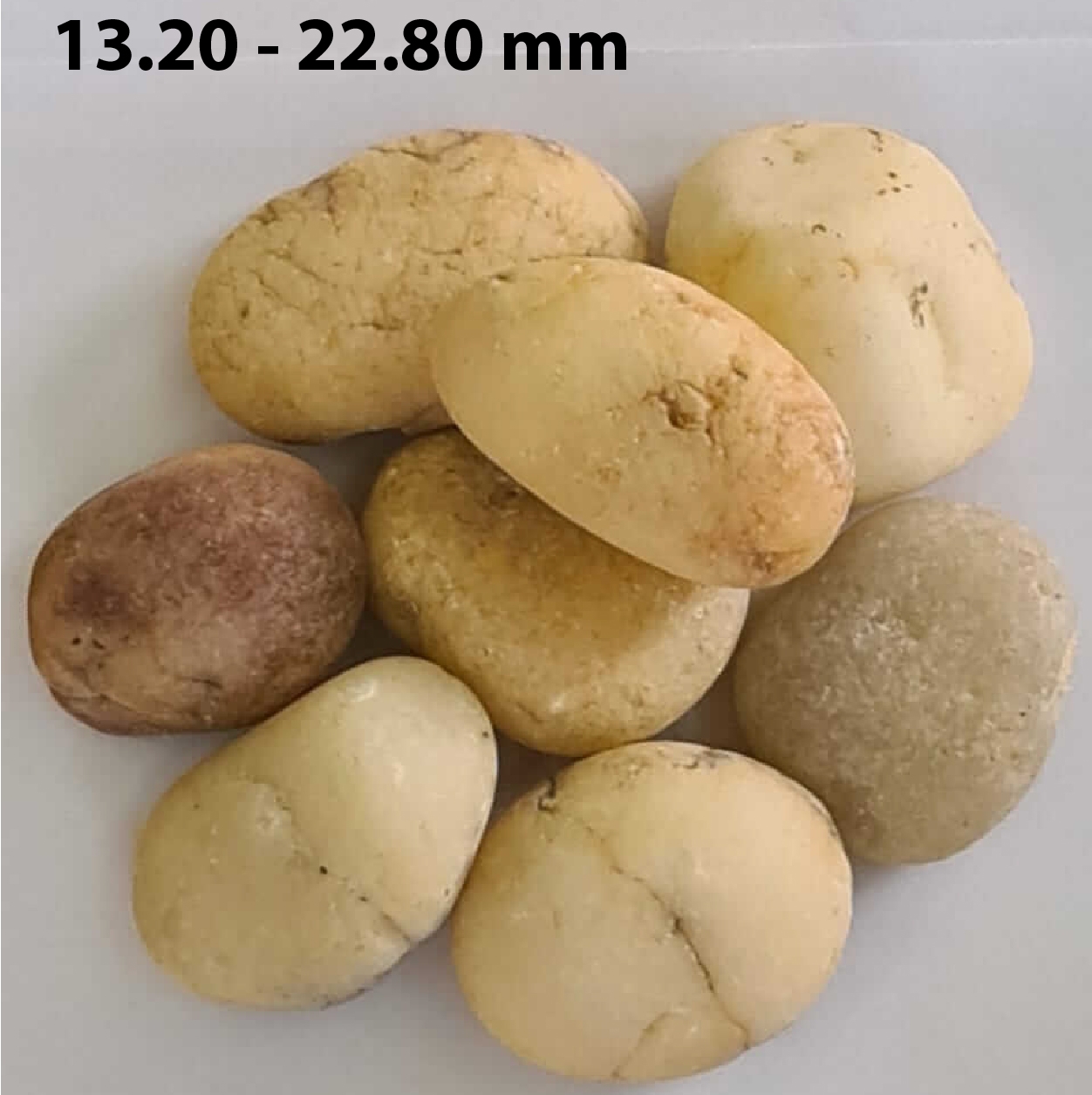Aggregates/Basalt can be used for many different projects within the construction sector. These include crushed rock, sand and gravel, stone, and fill materials. We mainly use them in construction projects. In concrete, we use aggregate/basalt for its economy factor, to reduce any cracks, and most importantly to provide strength to the structure. On roads and railway ballast, we use it to distribute the load and assist in groundwater running off the road. Aggregate/Basalt is an essential part of making concrete and we use it for many different reasons. The benefits include; reduction of cracking, improving the structure, and helping with water drainage. Aggregate/Basalt is used as Industrial Raw Materials with other industrial raw material products such as Silica Flour, Limestone, Calcium Carbonate, Quicklime, Talc, Volcanic Rock, and Abrasives. Natural aggregates (crushed stone, sand, and gravel) and industrial minerals are among the most abundant natural resources and a major basic raw material used by construction, agriculture, and industries employing complex chemical and metallurgical processes.
Properties
When the aggregates/basalt utilized are small in size, we require more binding material, which raises the cost. More aggregate use, on the other hand, will result in binding material waste. Limestone, granite, trap rock, and sandstone are the four main types of crushed stone and we use it in the aggregate/basalt business. We tie the industry’s use of these terminology by common petrologic classifications. We refer any carbonate rock, such as limestone, dolomite, or marble, to as limestone. True granite, as well as other coarse-grained igneous or metamorphic rocks such as syenite, gneiss, and the dark-colored gabbro, are all classified as granite. Trap rock, which includes basalt and diabase, is a dark and fine volcanic rock. By other names, we call light and fine volcanic rock granite or trap rock. Sandstone may refer to sandstone, conglomerate, breccia, and metamorphic quartzite. Limestone dominates crushed stone, which accounts for over 71% of total output.









